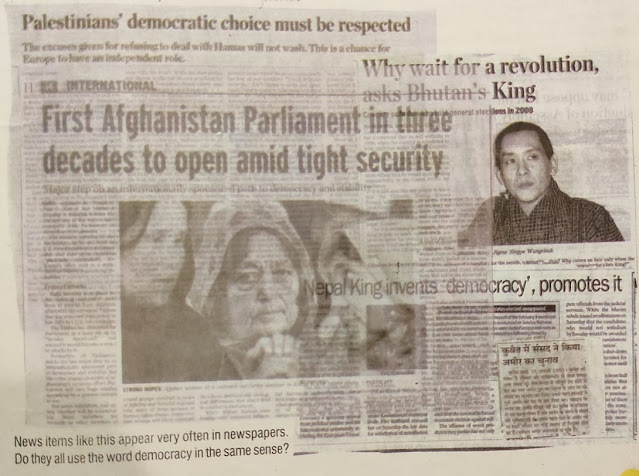6.Chapter 18.Decan and South India.History
Chapter 18
Deccan and South India
(Fourth century CE to Seventh century CE)
After the fall of Satavahanas, during fourth to seventh century CE many
kingdoms rose in Deccan and South India.
We are going to discuss the kingdoms of Chalukyas and Pallavas in this
chapter. R Narinado Amrawati Sopara
Nagpur Rahadi Ellora NASIK AURANGABAD MUMBAI R GODAVAN KALINGA CHALUKYAS
HYDERABAD R Krishna Vatapi RASHTRAKUTAS kuvert PALLAVAS CHENNAI CHERAS. Mahabalipuram CHOLAS Kanchipuram Thanjavur
Madurai PANDYAS INDEX • Ancient Town Modern Town Present External Boundary of
India Kingdoms of South India
CHALUKYAS The most
important kingdom after the fall of Satavahanas was that of the Chalukyas. The capital of Chalukyas was Vatapi (modern
Badaml) in Karnataka, Pulkeshin Il was its famous ruler. He was the contemporary of Harshavardhana
(north). He defeated Harshavardhana in a
fierce battle. The Chalukya kings
patronised art and architecture. They
built many magnificent temples at Aihole, a town of Badami and Pattadakal. The most famous temples are the Papanatha
Temple (680 CE) and Virupaksha Temple (740.CE).
D3 The walls of temples were decorated with scenes from Ramayana. They also built cave shrines and beautiful
sculptures. A painting of Pulkeshin II,
receiving the ambassador of Iran, can be seen in the caves of Ajanta
(Maharashtra). In 753 CE, the
Rashtrakuta king, Danti Durg defeated the last Chalukya king Keertivarman and
ended the rule of the Chalukyas.
Virupaksha Temple PALLAVAS After the decline of Satavahana kings, the
Pallavas gained power in the south. His
capital was Kanchi (Kanchipuram), near Chennai.
Mahendravarman was the most powerful and famous Pallava king. He was also the contemporary of
Harshavardhana. He was not only a great
warrior, but also a very good poet, artist, dramatist and musician. In early period of his rule, he was a
follower of Jainism but later on, became a devotee of Lord Shiva. 150
Narsimhavarman 1:
(630-668 CE) Narsimhavarman succeeded his father Mahendravarman. He w also a great warrior. He defeated Pulkeshin Il in three wars and
brought his capital Badami under rule.
He also defeated many other contemporary rulers and established his
empire. Administration The king enjoyed
all supreme powers. He was the Chief
Justice and the Chief of the Army, T princes, along with other officers helped
him in the governance of his kingdom.
There were ma local assemblies which looked after different functions
like construction of roads, irrigation, e gathering was the assembly of brahmin
land owners. The Ur was an assembly of
non, brahmin.la owners and Nagaram was an assembly of merchants Art and
Architecture Pallava kings built rock - cut halls (mandaps) with many
pillars. Such cave temples can be seen
today in Trichy, Puddukottai, Mogalrajpuram and Undvalli. Rock - cut Ratha (shaped like a chari temples
of Mahabalipuram, near Chennai, are the most famous temples for their delicate
beau The Panch Rathas belong to Dharmaraja Yudhishtir. Bhima, Arjun, Nakul
Sahadav and Draupadi.T other notable Pallava temples here are Kailashnath Temple and Shore Temple of Mahabalipur near
Chennai in Tamil Nadu. D Mahabalipuram Temple 151
The temples were the
important centers of education and community meetings to discuss common
problems. The celebrations on festival
days and cultural programs were held in temples, Religion A group of saints
from different castes preached that devotion, i.e. bhakti was a personal religious matter and
everybody was free to worship any god.
Shiva and Vishnu were the main deities of worship. The devotees of Shiva were known as Nayannars
and those of Vishnu as Alvars. Keywords
ambassador: an official living abroad and representing his own country. deccan: southern part of India, deities gods
or goddesses. shrines: the holy
places. supreme power the power or
authority that cannot be challenged. 152

Comments
Post a Comment